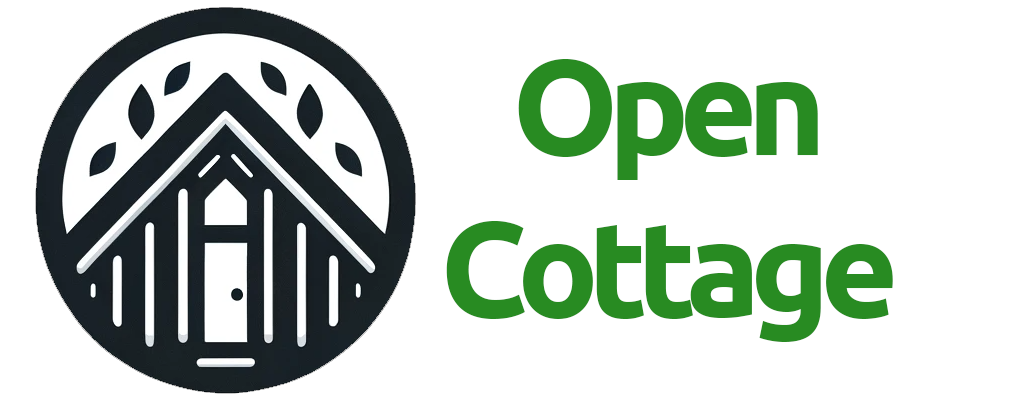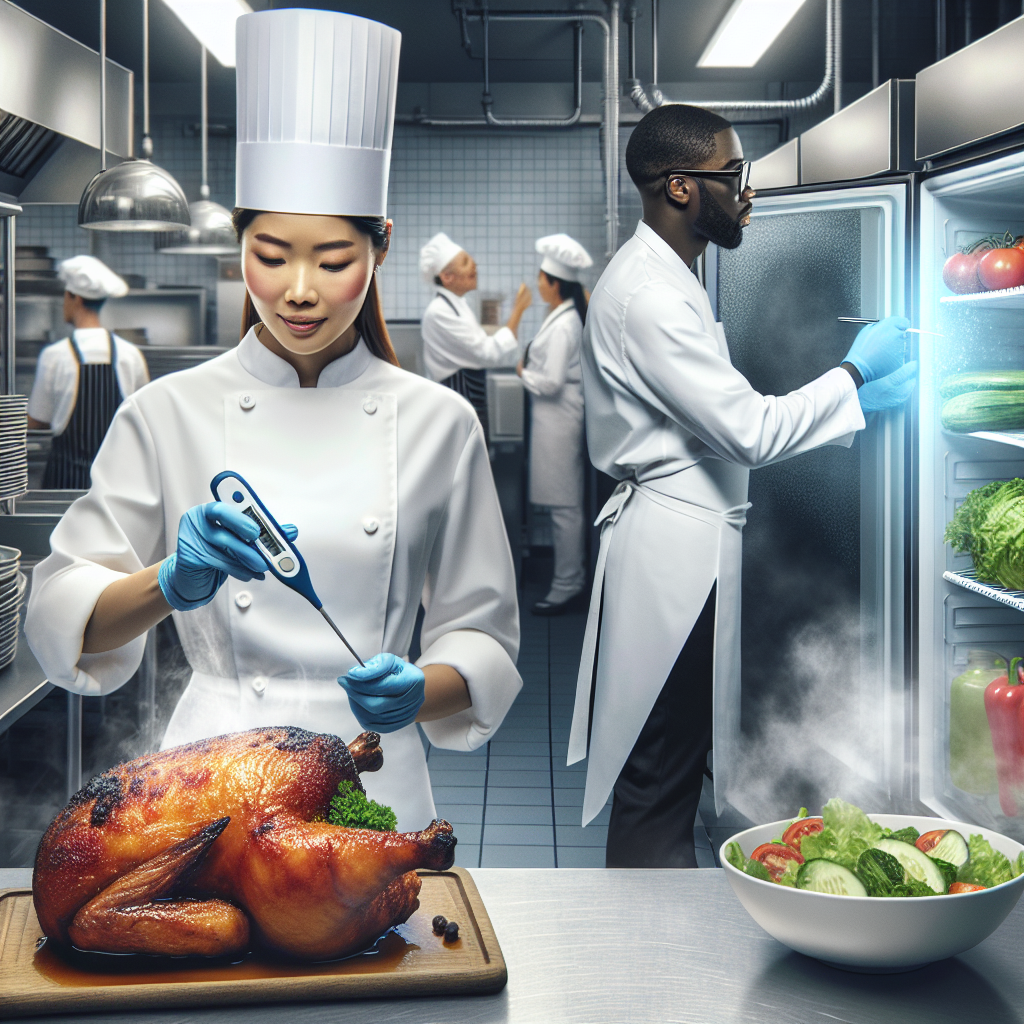Maintaining proper food safety practices is crucial in preventing foodborne illnesses, ensuring quality, and enhancing the dining experience. Among the most fundamental principles of food safety is the guideline to "keep hot foods hot and cold foods cold." This article delves into the importance of this practice, the science behind it, and practical tips for implementation.
The Importance of Temperature Control
Food safety hinges largely on temperature control. Bacteria thrive in certain temperature ranges, notably between 40°F (4°C) and 140°F (60°C), often referred to as the "danger zone." In these conditions, harmful microorganisms can proliferate rapidly, leading to potential foodborne illnesses.
Why Hot Foods Need to Stay Hot
When cooking, it’s essential to ensure that hot foods are kept at temperatures of at least 140°F (60°C). This practice serves dual purposes:
-
Preventing Bacterial Growth: Higher temperatures slow down the growth rate of bacteria, minimizing the risk of foodborne pathogens like Salmonella and E. coli.
- Enhancing Flavor and Texture: Many dishes, particularly soups and stews, are intended to be served hot. Keeping them at the right temperature not only enhances their palatability but also maintains critical textures.
Why Cold Foods Need to Stay Cold
Cold foods, such as salads, dairy products, and deli meats, should be stored and served at temperatures below 40°F (4°C). The importance of this practice includes:
-
Minimizing Spoilage: Cold temperatures slow down the enzymatic processes that contribute to the spoilage of food items.
- Reducing Pathogen Growth: Just as with hot foods, keeping cold foods out of the danger zone helps prevent the growth of harmful bacteria.
Best Practices for Keeping Foods at Safe Temperatures
Implementing effective strategies for maintaining food temperatures involves both preparation and storage considerations. Here are some best practices:
1. Use a Food Thermometer
Invest in a reliable food thermometer to accurately measure the internal temperature of foods during cooking and serving. This is the only way to ensure that food is heated to or kept at safe temperatures.
2. Utilize Proper Cooking Techniques
- Buffet Style Serving: When serving food buffet-style, use chafing dishes, warming trays, or slow cookers to maintain hot temperatures.
- Cool Quickly: Large batches of food should be cooled quickly and safely using ice water baths or shallow storage containers to facilitate heat loss.
3. Appropriate Storage Solutions
- Refrigerators and Freezers: Ensure that your refrigerator is set below 40°F (4°C) and your freezer is at 0°F (-18°C). Regularly check these temperatures for accuracy.
- Thermal Containers: For transporting hot food, use insulated containers to maintain temperature during transit.
4. Frequent Temperature Checks
Monitor the temperature of foods regularly, especially during long events or catering situations. Implementing frequent checks can prevent foods from lingering too long in the danger zone.
5. Educate Staff and Family
If you operate a food service or prepare meals for large gatherings, conduct training sessions on food safety best practices. Enhancing awareness among all participants is key to maintaining a safe dining environment.
Conclusion
Keeping hot foods hot and cold foods cold is a fundamental aspect of food safety that significantly reduces the risk of foodborne illnesses. Adopting best practices such as accurate temperature measurement, proper cooking techniques, and effective storage solutions can create a safer dining experience for everyone. By prioritizing temperature control, we can enjoy delicious food while minimizing health risks, leading to a more enjoyable and safe culinary experience.

